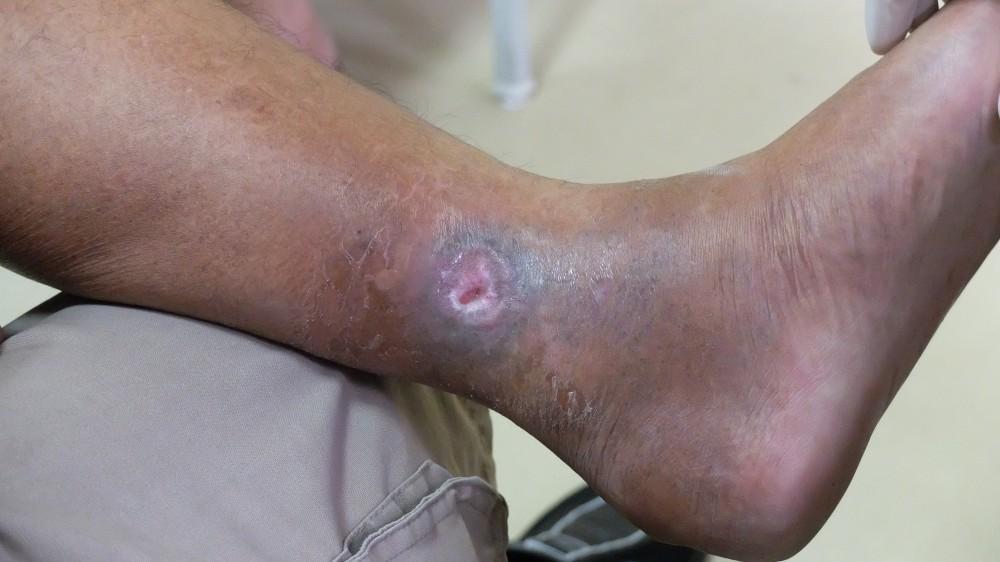
Do High Heels Worsen Bunion Pain?

There’s a bony deformation, a bump, growing at the bottom of your big toe. It might rub uncomfortably against the side of your shoe, leaving blisters or calluses. You’re developing a bunion. Why is this podiatry problem happening, and does it have anything to do with how frequently you wear high heels?
At The Foot Care Group, expert podiatrist Dr. Steve Sharlin specializes in treating bunions from locations in Hinsdale, Libertyville, and the Streeterville community of Chicago, Illinois. When it comes to bunions, he’s seen it all.
One of the most common factors Dr. Sharlin sees in his patients with bunions is the role of badly-fitting footwear, especially high heels. Your pumps or stilettos could definitely play a significant and ongoing part in your foot pain and deformation problems.
Bunions and high heels
While all high heels don’t cause bunions, it’s a matter of fact that many, if not all, bunions form due to high heels.
Bunions occur when pressure on the front of your foot causes misalignment to occur in the joint at the base of your big toe, the metatarsophalangeal joint (MTP joint). When a bunion forms at the base of your littlest toe, it’s known as a bunionette, or “tailor’s bunion.”
When you wear high heels, especially ones that don’t fit you all that well, a lot more pressure comes down on the front of your feet. The angle of your shoes jams your weight down on your toes and forefeet. Over time, that puts you at risk of developing a bunion, as your MTP joint absorbs the strain.
Once you have a bunion brewing, continuing to wear high heels may significantly worsen your pain symptoms. In order to slow development of the bunion, and give you pain relief, you need to look into other footwear options.
Supporting your feet with style
That’s not to say that you have to give up on nice-looking or stylish footwear! Consult with Dr. Sharlin at The Foot Care Group about the specific changes you should plan on making to your shoe choices going forward after a bunion.
In addition to selecting shoes that give your toes plenty of room, don’t elevate your foot’s position too steeply, and give enough space not to rub painfully against your bunion. You may also benefit from custom orthotics. Many types of custom orthotics can be worn discreetly within your shoes for hidden foot support, sparing you pain and further foot degeneration.
Bunions can become a severe podiatry problem if you keep wearing the shoes that contributed so much to the issue in the first place. Your pain relief treatment starts with making changes to the way you support and use your feet. Only after exhausting conservative treatment options does Dr. Sharlin consider foot surgery for bunions.
To learn more about what you need to do when you notice pain and discomfort related to an emerging bunion, contact Dr. Sharlin at The Foot Care Group right away. Delay, and the problem will only get worse.
Schedule your initial consultation appointment online or over the phone today.
You Might Also Enjoy...


Can Hammertoes Be Corrected with Orthotics?

Can Cryotherapy Get Rid of My Plantar Warts?

I'm Embarrassed About My Toenail Fungus: What Can Help?

5 Bothersome Complications of Untreated Hammertoe

